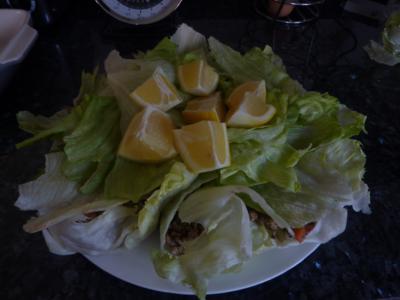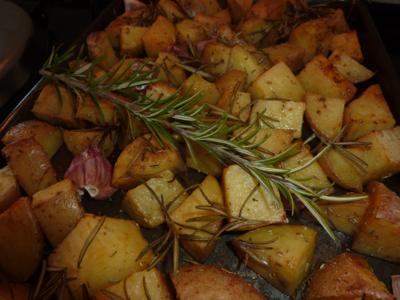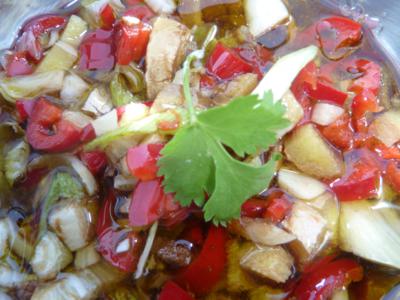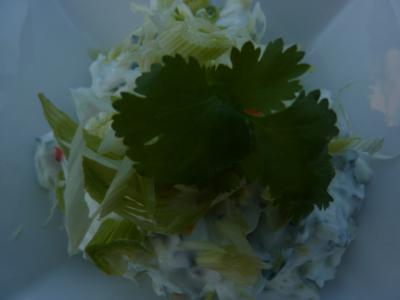So many cooks seem to be under a misapprehension that baking, and most especially cake baking is somehow very difficult. Almost as if there is some mystic art to baking and that you need to be a special kind of person, a ‘baker’ before your cakes will turn-out properly. It’s also true that other cooks approach baking almost obsessively. Treating the process as more of a science than an art, as they obsessively weigh-out each ingredient to the last gramme, afraid that if they don’t follow a recipe to the letter their cakes will never rise. Now it’s true that this approach will work, but it removes most of the fun from cooking. However, if you know a few rules then your cakes can and will rise perfectly each and every time.
The truth is that for a cake to work what you need is air in the mixture… lots of air…
But, before we get to how to make and bake a cake, here’s a brief history lesson. As it happens modern cakes (at least the way we bake them today) are a fairly recent invention, starting in Italy during the first half of the 18th century. By the 1740s these ‘Italian Style Cakes’ were all the rage in London. So, what had changed? Well, prior to the 1700s the traditional raising agent in cakes had been yeast. Cakes were, basically, just sweetened breads. However, with the new techniques yeast was replaced by beaten egg whites.
As yeast grows it converts sugar to alcohol and carbon dioxide and it’s these bubbles of carbon dioxide trapped in the batter or dough that makes a cake (and bread) rise. When you whip egg whites they become stiff and as they do so the protein molecules trap air inside them. When this matrix is baked the air expands and this causes the cake to rise.
In fact there’s nothing new in this process and it’s hardly surprising that the trend began in Europe. Indeed, the Romans used this very technique to make cakes and the traditional ‘Pan di Spagna’ (Spanish Bread) had been a staple of Sicilian cuisine for centuries.
The move from active yeast to whipped eggs was a major step-change in the way that cakes were made and baked. However, it was only during the Victorian era that modern cakes as we know them today began to be baked. Suddenly yeast fell out of fashion as the rising agent of choice and bicarbonate of soda (baking powder or baking soda) became all the rage. In fact, baking soda does a very similar job to yeast. In contact with acid or water and heat bicarbonate of soda breaks down to release carbon dioxide and it’s this gas, as it expands in the oven that makes a cake rise and gives the soft and fluffy texture that we all love.
Adding half a tablespoon of ‘bicarb’ to finely-milled flour before making a cake became all the rage. So much so that flour manufacturers began to add it to flour themselves, so that self-raising flour (sometimes also known as cake flour) was born. But if you don’t have any just add half a teaspoon of baking powder per 200g of ordinary plain flour.
At its heart a cake is a creamed blend of butter (or margarine) and sugar to which eggs and flour are added before baking. The secret to any cake is to do everything thoroughly and to add as much air to the mixture as possible.
The incorporation of air begins with the first process involved in making cakes: that of creaming together the butter (or margarine) and sugar. Do this vigorously… and when the recipe asks you to cream until pale and creamy do just that. The mixture really should be paler than when you started and the butter should be soft and the sugar completely incorporated into it. Also, beat as vigorously as you can, as this is the first stage into which you can incorporate air into the batter.
Next, in most classic cake batters you typically add eggs to the batter. These make the batter more liquid but they also act as the scaffold for the final baked cake to hold its shape and they also add flavour. It’s the protein in the egg (the egg whites) that provide the structure and the fats (the egg yolks) that add the flavour. When incorporating the eggs into the creamed butter always use lightly-beaten eggs and always incorporate just a little of the egg at a time. The more thoroughly you can combine the eggs with the butter mix the better your resulting cake mix will be. After all, it’s the butter that makes the cake moist and it’s the eggs that let it hold it’s shape.
However, in terms of the cake’s actually rising in the oven perhaps the most important factor in making the cake is the flour. Always use the best and finest flour you can. Use self-raising for convenience, but plain flour to which baking powder has been added also works. When using flour always sift it into a bowl before use. This removes any lumps it also separates the flour particles. This both introduces more air into the cake mixture but also means that each flour particle can be coated into the butter mix and will hold itself better in the cake. You’re also getting rid of any static charges that may hold the flour particles together and give you a lump of raw flour in the middle of the cake.
To add the flour to the egg and butter mix tip the flour in then fold into the egg mixture, do not stir. This means that instead of using a round and round stirring motion (which acts to remove air from the batter) you’re using and up and down motion, which actively puts more air into the mix and gives you a lighter cake in the end. At this point, never, ever, leave the cake sitting as the bicarbonate of soda in the flour is already being converted into carbon dioxide and the quicker you get the cake in the oven the better and more well risen it will be.
Typically you would use a moderate oven (170°C






